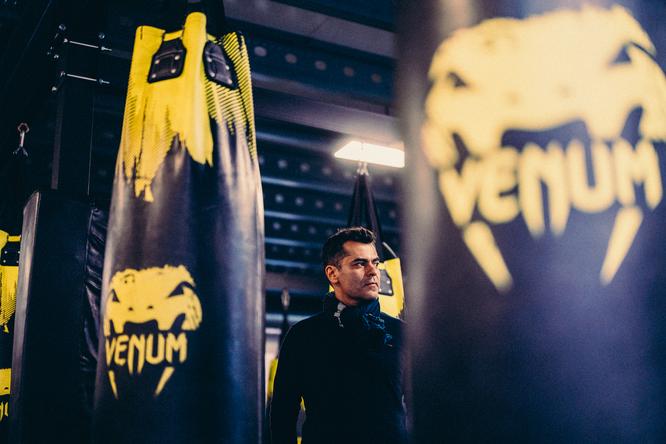“Sports brands are participating in the casual trend”<
Frédéric Godart is a sociologist and research professor at the European Institute of Business Administration (Insead). The author of Sociologie de la mode (1) deciphers the relationship between fashion and sport.
Can we say that there is a clear evolution of sports brands towards collections that are more streetwear than technical?
The interest of equipment manufacturers and sports brands for streetwear is not that recent. If we take tennis, a sport with a strong social dimension, very marked by the upper classes, we see that there is a strong repetition, with brands like Lacoste or Fred Perry. To seduce, these clothes must not only be dedicated to technique and sports performance. Style is important. Lacoste capitalized on this and it spread to the rest of the company. We practice sport for health, but also to create social ties, with people who are part of the same group. This link is also created through clothing, which becomes a sign of distinction. More recently, elements from other disciplines have appeared, for example the climbing carabiner worn on the belt. It then becomes an accessory, it is hijacked like the safety pin by punks.
Can the “casual” trend allow brands from sport to establish themselves in the general wardrobe?
How to completely remove an unsightly blob of decorator's caulk from a wall https://t.co/Y3lAfpeI5i #diy #decorating #decoratingtips
— Tony Two Coats Fri Apr 21 22:03:30 +0000 2017

Before Covid, costume sales were in freefall, and the pandemic accelerated the movement. The confinement has pushed manufacturers of loungewear and interior clothing to renew themselves, as we have seen during recent fashion shows. Sports brands are participating in this boom. There is the example of LuluLemon, a Canadian brand that has expanded into the United States and is surfing on the yoga trend. They follow the movement started by the big ones like Adidas and Nike. These are well-cut, functional pieces that allow you not to change. Once we have reached the depths of relaxation and have reached the alliance of jogging and tap-socks, perhaps we will see the return of a neo-dandyism.
What to think of the arrival of MMA in France, its style and its symbols?
The imagery conveyed by these brands is quite striking, a bit feisty. It corresponds to the era, quite aggressive without really being so. MMA is very violent, but the frame is controlled, it's not street fighting. This sport enjoys a pretty cool image today. We can find references to this sport even in the series Friends with the billionaire who wanted to be the best everywhere, even in free-fight.
(1) Ed. La Découverte, €10.
Read also

 Tags:
Tags: Prev
Prev







